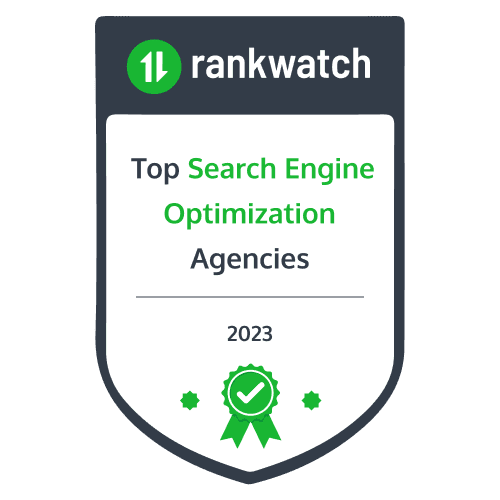Competitive Advantage
It is crucial for every business to stand out, to attract customers, and ultimately, to thrive. Understanding the market and competitors comes handy in setting your business apart from others and gives you an edge in attracting and retaining customers.
What Exactly is Competitive Advantage?
Competitive advantage refers to a company’s ability to outperform its rivals and achieve superior financial performance over a sustained period. It’s about having something that your competitors either cannot easily replicate or do not currently offer. Think of it as the reason why customers choose you over the countless alternatives available.
Why is Competitive Advantage Crucial?
Today, consumers have endless choices and businesses are constantly innovating. To have a solid competitive advantage is no longer optional but essential for survival and long-term success. Without it, you risk being lost in the noise and struggling to maintain profitability.
Key Benefits of a Strong Competitive Advantage:
Increased Market Share: Attracting more customers than competitors leads to a bigger piece of the pie.
Higher Profit Margins: Offering something unique allows you to charge a premium price.
Customer Loyalty: Providing superior value keeps customers coming back for more.
Stronger Brand Reputation: Being known for excellence builds trust and recognition.
Sustainable Growth: A defensible advantage allows for consistent growth over time.
Attract Top Talent: A successful and innovative company attracts the best employees.
Types of Competitive Advantage:
Competitive advantages can be built in various ways, often falling into these broad categories:
Cost Leadership: Being the lowest-cost producer in the industry. This often involves economies of scale, efficient operations, and tight cost control. Example: Walmart’s relentless focus on cost reduction.
Differentiation: Offering products or services that are perceived as unique and superior by customers. This can be based on quality, innovation, features, branding, customer service, or design. Example: Apple’s premium design and user experience.
Focus Strategy: Concentrating on a specific niche market and catering to their unique needs better than broader competitors. This can be either cost-focused or differentiation-focused within the chosen niche. Example: A local bakery specializing in gluten-free products.
Operational Excellence: Delivering consistently reliable and efficient service, exceeding customer expectations in areas like speed, convenience, and reliability. Example: Amazon’s fast and reliable delivery service.
Innovation: Developing new products, services, or processes that disrupt the market and create value for customers. Example: Tesla’s electric vehicle technology.
Building and Sustaining Competitive Advantage:
Creating a competitive advantage is just the first step. Maintaining it over time requires continuous effort and adaptation.
Here’s how:
Understand Your Market: Conduct thorough market research to identify customer needs, competitive threats, and emerging trends.
Leverage Your Strengths: Focus on what you do best and build upon those capabilities.
Embrace Innovation: Continuously seek new ways to improve your products, services, and processes.
Build Strong Relationships: Foster strong relationships with customers, suppliers, and employees.
Adapt to Change: Be flexible and responsive to changes in the market and competitive landscape.
Protect Your Assets: Safeguard your intellectual property, proprietary knowledge, and key resources.
Therefore, competitive advantage is the cornerstone of business success. By understanding its importance, identifying potential advantages, and actively working to build and sustain them, you can position your business for long-term growth and profitability in a competitive world.


